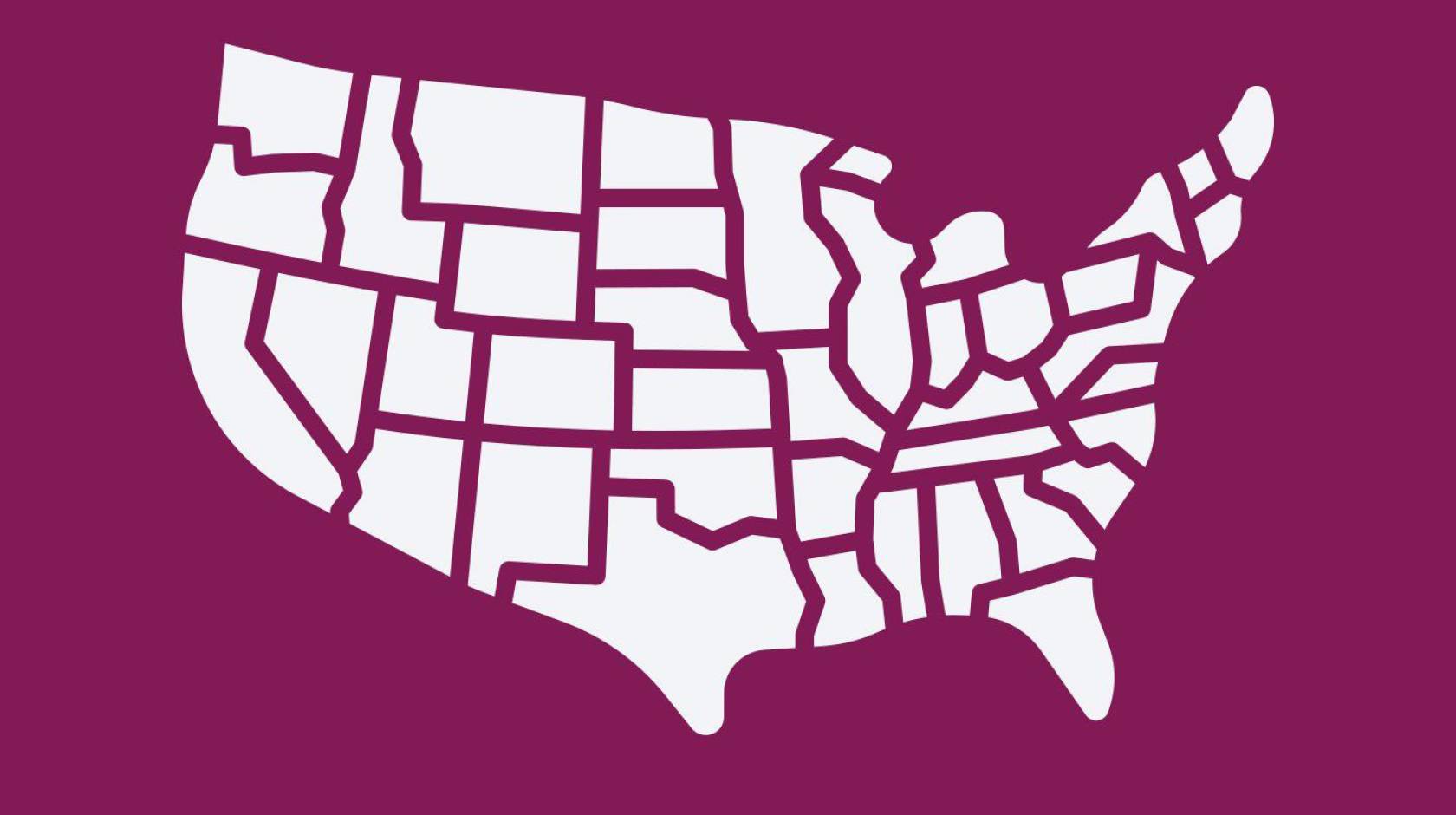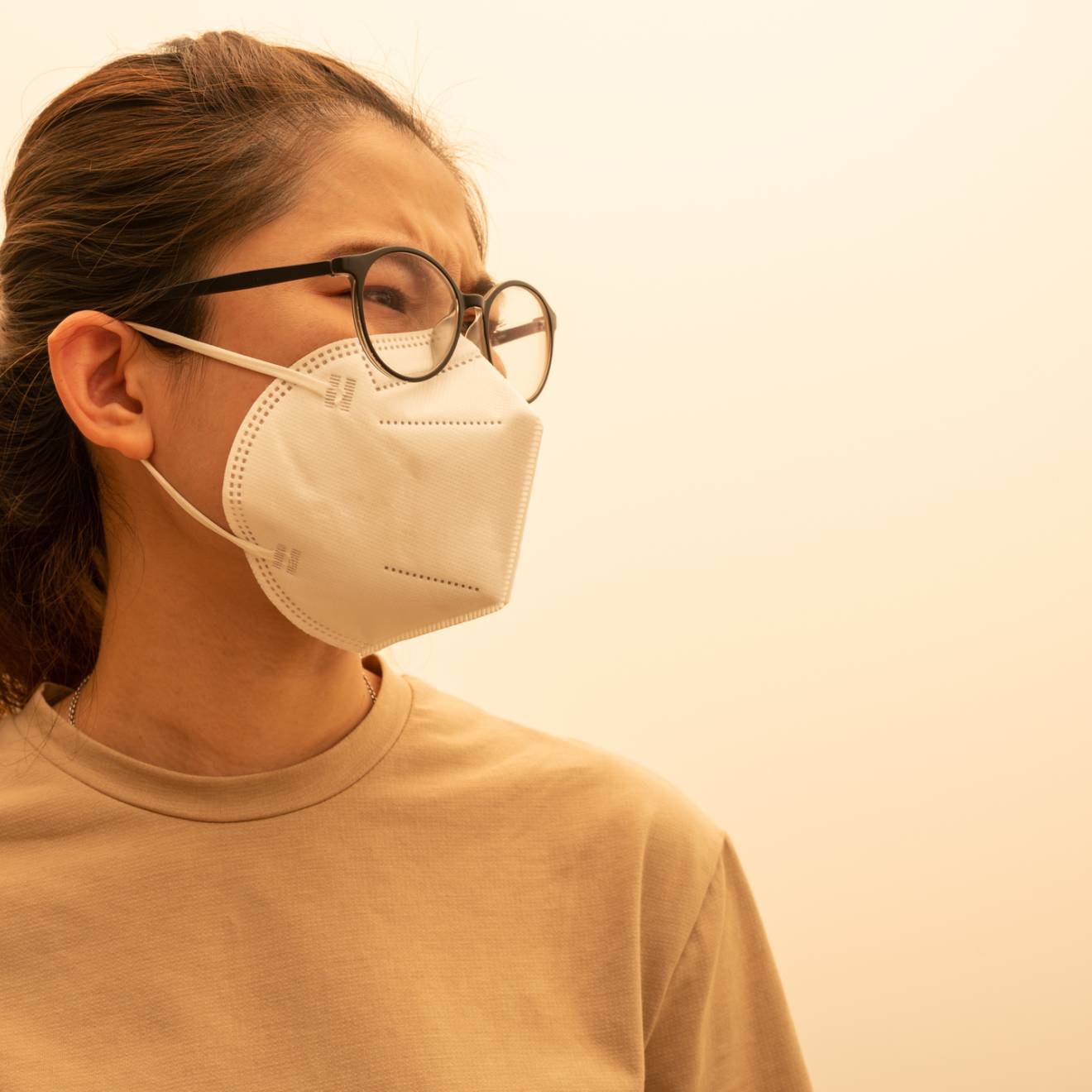Cameron Scott, UC San Francisco

A third of American women of reproductive age now face excessive travel times to obtain an abortion, according to a new geospatial analysis by researchers in San Francisco and Boston that is one of the first to model the effects of the Supreme Court’s recent Dobbs v. Jackson decision.
Twice as many women must now travel more than an hour to reach an abortion provider. That amount of time is double the U.S. government benchmark for reasonable access to primary care. Previous research has shown that greater distances delay, or thwart outright, needed care.
Residents of the South faced the biggest jump in travel times, as an entire bloc of states ceased to provide abortion services. Women in Texas and Louisiana went from median travel times of roughly 15 minutes to obtain an abortion before the court decision to trips more than six hours long after it, according to the study. In Texas, the average increase was eight hours.
In states with total or six-week abortion bans, travel times increased, on average, more than 4 hours.
—
Since the Dobbs vs. Jackson decision, abortion facility closures in the U.S. have led to a substantial decrease in access to abortion care in the US.
-
In states with total or six-week abortion bans, travel times increased, on average, by more than 4 hours.
-
In Texas, travel time increased from about 15 minutes to an average of eight hours.
-
Researchers estimate that more than 60,000 people who need abortion care will be unable to obtain it if these trends continue.
—
“We need to understand the diminished access to this essential health service in order to better understand what resources we need to invest to regain that access. We were startled to see that populations of major metropolitan areas now have to travel several hours for care,” said Yulin Hswen, ScD, an assistant professor of epidemiology and biostatistics at UC San Francisco, and senior author of the study that appears Tuesday, Nov. 1, 2022 in JAMA.
Hswen worked with Ushma Upadhyay, Ph.D., a professor of obstetrics, gynecology, and reproductive science affiliated with UCSF’s Advancing New Standards in Reproductive Health (ANSIRH), and with a Boston area research team including John Brownstein, Ph.D., professor of pediatrics at Harvard Medical School and Ben Rader, a research fellow from Boston University.
Of the 750 abortion clinics open in 2021, the researchers modeled median travel time from each Census tract to the nearest abortion facility before and after abortion bans went into effect in 15 states. While state laws have continued to fluctuate somewhat in response to court challenges, the study gives a snapshot of increases in travel time due to the Dobbs decision. Many expect 9-10 more states to ban abortion in the coming months.
Black women were hardest hit by the restricted access, with 40 percent facing one-hour drives after the decision, compared to just 15 percent before it. Even before the Supreme Court decided that abortion access was not a constitutional right, nearly 40 percent of American Indian and Alaska Natives faced hour-long drives; after Dobbs, well over half did. Maternal health risks are significantly higher among Black and indigenous women than among other races and ethnicities in the United States.
“This has been a real gap in the research,” said UCSF’s Upadhyay. “We have always more or less known that abortion bans affect Black and other people of color the most, but this research provides direct evidence of how these communities are being disproportionately affected by the Supreme Court’s action.”
Census tracts with lower rates of health insurance coverage and lower mean incomes also disproportionately faced one-hour trips. While the study did not factor in car ownership, lower-income women are more likely to rely on public transit.
“It’s cost prohibitive to take such long trips,” Upadhyay said. “In addition to paying for the abortion, people have to take time off from work, pay for gas, pay for lodging, and pay for childcare — because most people needing abortions are already parents.”
In a separate study that published on Oct. 31, 2022, the researchers found that about 10,500 fewer abortions were performed in the United States in the months immediately following the Dobbs decision.
The population-level estimates relied on the most recent U.S. Census data — from 2016-2020 — to identify how many women aged 15-44 lived in each Census tract. A computer model divided the contiguous United States into square-kilometer units, found the median time to travel through each, and tallied up the times for the units through which women in each Census tract would have to pass to reach an abortion provider before and after the court ruling.

